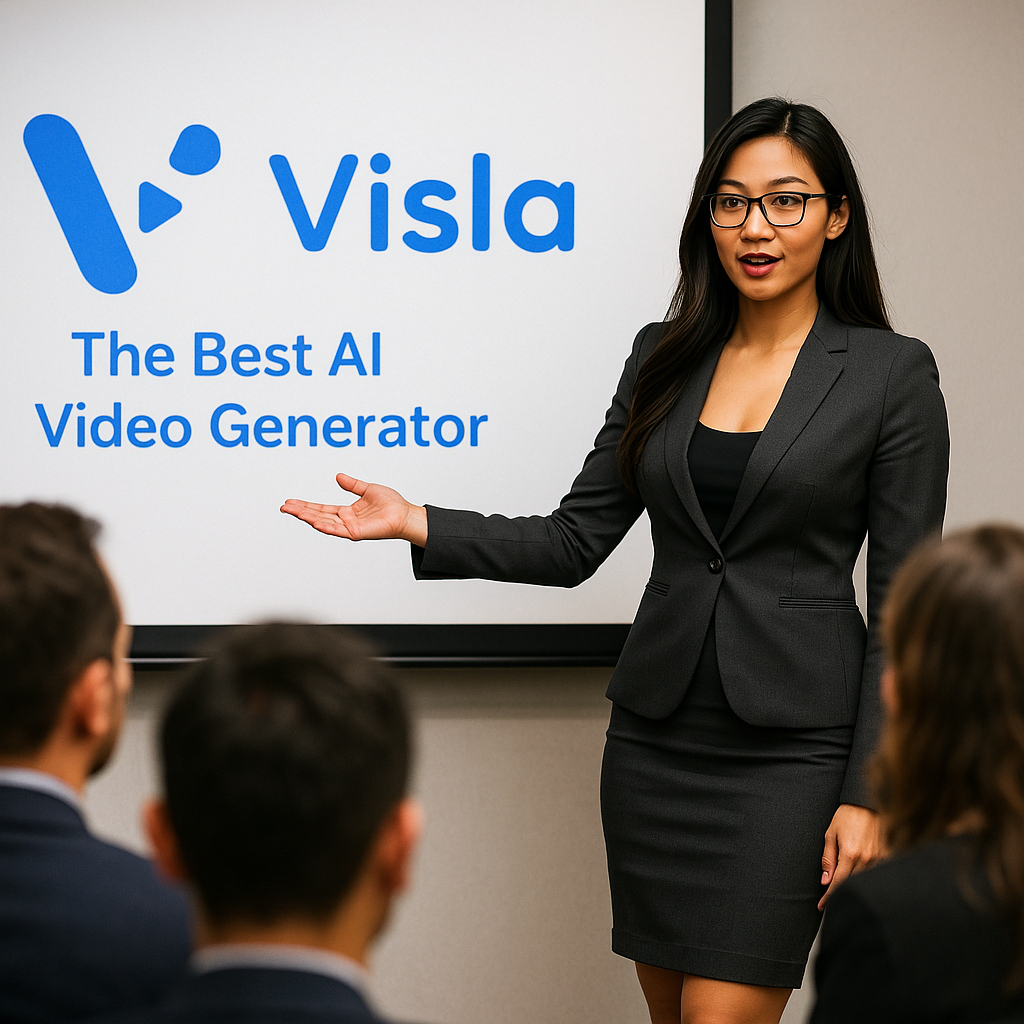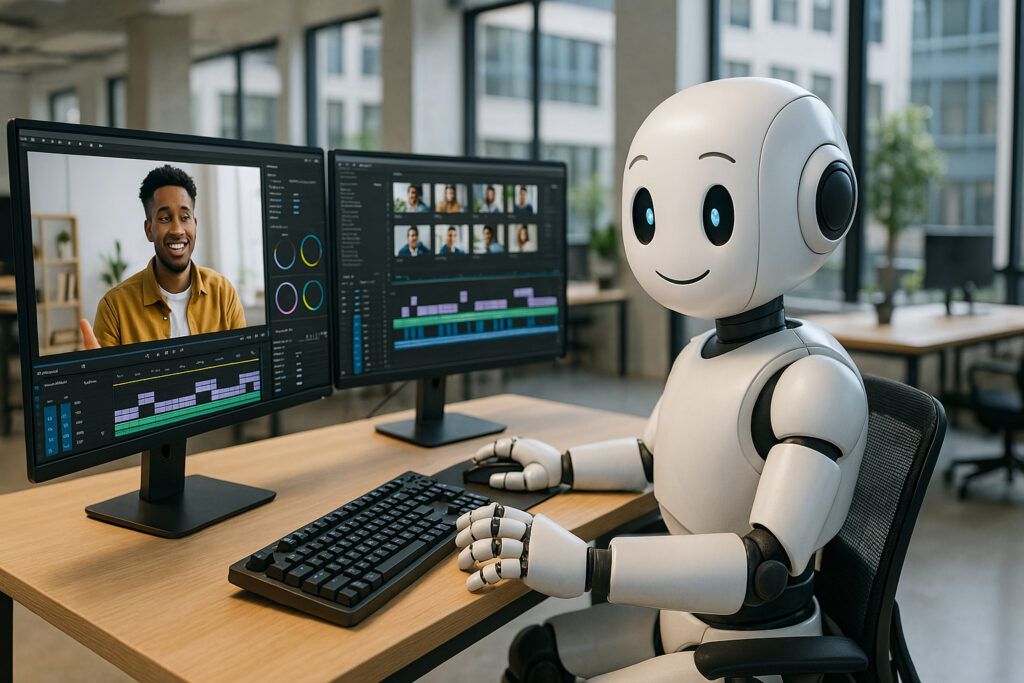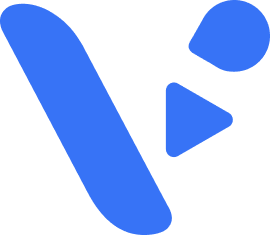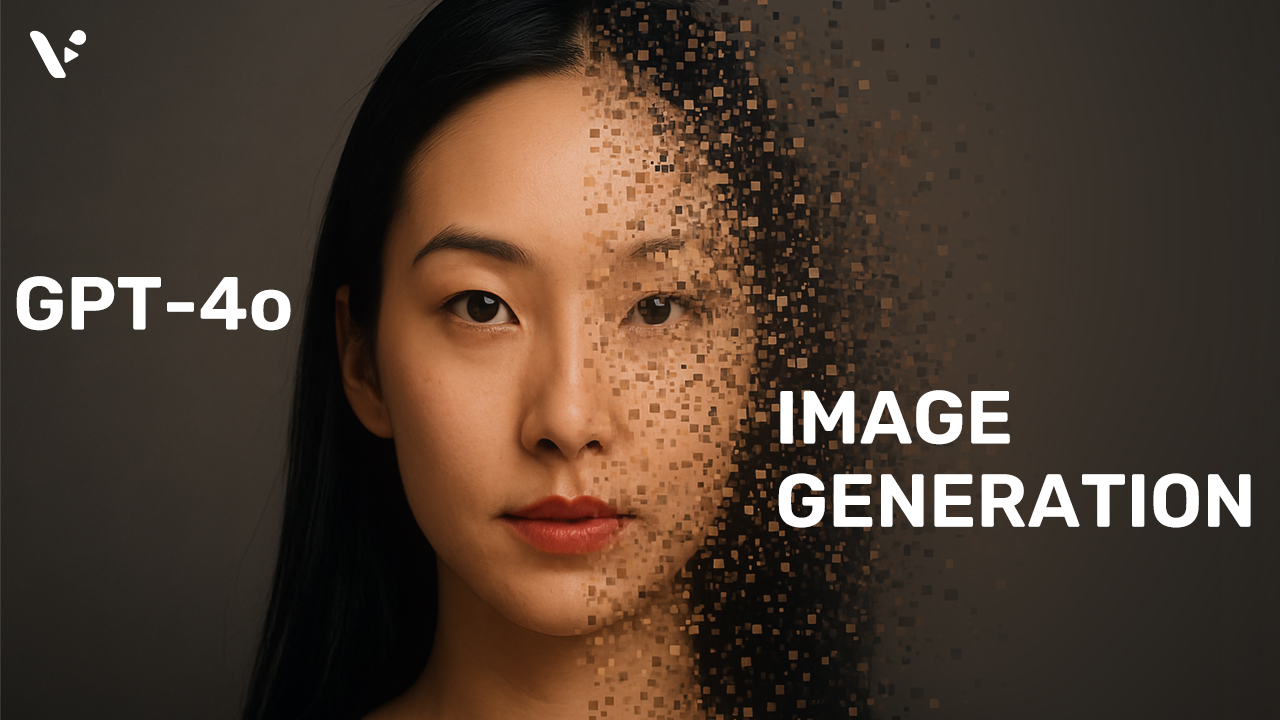If you’ve been around AI for a while, you probably remember when image generation first hit the scene. At first, it was kind of a novelty: fun, weird, and honestly, a little creepy. But now, with the release of GPT-4o image generation, the game has changed, and, it’s changed in a way that actually matters for people creating content in professional settings.
This post breaks down what this new feature does, how it compares to earlier models like DALL·E 3, and why it might be worth adding to your creative toolkit, especially if you’re working in content, marketing, or communications.

What is GPT-4o Image Generation?
OpenAI has rolled out a new image generation feature built directly into GPT-4o. That means no more switching tools or jumping to another app to make visuals. You can now describe what you want, refine it in conversation, and get a final image—all in one place. This is a pretty big shift from earlier models like DALL·E 3, which was integrated into ChatGPT but still felt like a separate experience. It could make beautiful images, but it struggled with things like text, complex instructions, and maintaining consistency across edits.
What makes this even more interesting is how precise and flexible the outputs are. GPT-4o can create realistic, clear images that actually make sense. That includes things like stock-photo-style business settings, infographics, whiteboard scenes, or even product mockups. It doesn’t just do “cool” images. It does useful ones.
Core capabilities of GPT-4o Image Generation you should know about
Here are the standout features that make this model worth your time:
- Text rendering and visual accuracy: You can actually include readable, well-placed text in your images. Need a restaurant sign or a conference slide? Done.
- Multi-turn refinement: You can tweak your images across a conversation without starting from scratch.
- Detailed prompt following: Want a purple elephant on a surfboard, next to a lemonade stand, under a pink sky with two moons? GPT-4o can handle complex instructions better than earlier models.
- Context awareness: Upload an image or reference one earlier in the chat, and the model can build on it naturally.
- Style flexibility: From comics to photorealism, the model can adapt to different visual needs.
Safety, transparency, and ethiccs
OpenAI has put several guardrails in place to keep this feature on the right side of responsible use:
- All generated images come with C2PA metadata that tags them as AI-generated.
- OpenAI uses a combination of reasoning models and policy rules to prevent harmful or misleading content.
- There are content restrictions around nudity, violence, and impersonation, especially when real people are involved.
This is all meant to help users create with confidence while reducing the risk of misuse. That said, there are a few caveats, which we’ll get to in a bit.
Who can use it and where?
GPT-4o image generation is now live for most ChatGPT users, including Free, Plus, Pro, and Team accounts. Support for Enterprise and Edu is coming soon. It’s also being added to OpenAI’s Sora platform and will be available through the API in the next few weeks.
In practical terms, if you’re already using GPT-4o, you can start generating images right now just by describing what you want. The interface lets you specify things like hex colors, image dimensions, or transparent backgrounds. It can take up to a minute for an image to generate, but the tradeoff is quality.
Known limitations
No model is perfect. Here are a few current issues:
- Cropping can be too tight on larger images like posters.
- Sometimes the model “hallucinates” objects that weren’t in the prompt.
- Graphs and multilingual text aren’t always rendered accurately.
- It can still feel a bit “AI-ish” or too perfect in some outputs, especially in photorealistic scenes.
Even so, it’s a massive improvement over past options.
What makes GPT-4o Image Generation different from DALL·E 3
| Feature | GPT-4o | DALL·E 3 |
|---|---|---|
| Integration | Fully built into ChatGPT, supports real-time refinement | Technically part of ChatGPT, but not deeply integrated like GPT-4o; lacked real-time refinement and chat memory |
| Text Rendering | High accuracy with readable, styled text | Struggles with text, often garbled or misplaced |
| Instruction Following | Handles 10–20 distinct objects with precision | Begins to struggle after 5–8 elements |
| Contextual Awareness | Remembers chat history and user-uploaded images | No memory or chat integration |
| Model Architecture | Autoregressive; processes text and images together | Diffusion-based; less integrated with language |
| Safety Features | C2PA metadata, policy-based moderation, internal traceability | Policy filters only, no metadata standard |
In short: GPT-4o doesn’t just generate better images. It fits more naturally into your workflow, especially if you already use ChatGPT for brainstorming or writing content.
Will this lead to a flood of AI fakes?
That’s a valid concern. Any tool that makes it easier to create realistic images can also be misused. OpenAI addresses this with C2PA metadata, which tags all generated images with their origin.
Pros of C2PA:
- Transparency: Helps users and platforms identify AI-generated images.
- Misinformation control: Makes it harder to pass fakes off as real photos.
- Industry support: Many big tech firms are backing it as a standard.
Cons of C2PA:
- Easily removed: Metadata can be stripped out manually.
- Limited support: Not every tool or platform recognizes the tags.
- Trust issues: Relies on trusting the metadata provider (in this case, OpenAI).
So, C2PA is helpful, but not foolproof. It adds friction to misuse, but it doesn’t eliminate the risk.
My experience using GPT-4o for business content
Working at Visla, I’ve used pretty much every AI image tool out there—from the weird abstract stuff the early models made, to DALL·E, to multiple versions of Midjourney. Each had strengths, but none felt like they truly “got it” when I needed something practical for business.
DALL·E 3 was technically inside ChatGPT, but it never felt like it really belonged there. You had to click into a different mode, and once you generated an image, that was pretty much it. If you wanted to make changes, you’d have to restate your entire prompt or start from scratch. It wasn’t conversational. It didn’t build on the chat like GPT-4o does. It was more like submitting a form than having a dialogue. And like earlier models, DALL·E still struggled with text, got confused by complex prompts, and often created images that felt close, but not quite right.
Earlier tools often felt like they were guessing. You’d prompt them for a logo, and they’d generate a few pixels that vaguely resembled a symbol. Text was a disaster. Want to make a thumbnail? Good luck. You’d spend more time adjusting the prompt than actually designing.
GPT-4o changes that. For the first time, it felt like the AI was listening to me. I could upload an image—like our Visla logo and color palette—and GPT-4o would use that info to generate something tailored, not generic.
Here’s an example prompt I used:
“Attached is the logo in the brand color of Visla. Please create a photorealistic image of an Asian-American businesswoman wearing glasses in a skirtsuit. She’s giving a presentation at a business meeting to a room full of people about why Visla is the best AI video generator around.”

Not only did the image follow my prompt almost exactly, but it actually incorporated the logo and colors in a clean, realistic way. It looked like something a design team might have spent hours mocking up.
Just for fun, I also wanted to test how well GPT-4o could handle a prompt with a bunch of distinct elements. So, I asked it to generate an image of a friendly-looking robot sitting at a modern standing desk with dual widescreens, editing a video. I made sure to include specific details like a mechanical keyboard, wireless mouse, and a bright, open office environment. I even specified a 16:9 aspect ratio.
Prompt:
A friendly-looking robot sitting at a modern standing desk with dual widescreen editing a video. He’s using a modern mechanical keyboard and a wireless mouse. This is taking place in a modern, open floor office with plenty of natural light.
Aspect ratio: 16:9

The result? Surprisingly great. It nailed most of the details, and the final image looked like something out of a product page or ad for a startup SaaS tool. I can neither confirm nor deny that this is how Visla’s AI video editing actually works behind the scenes.
This matters. Because as marketers, creators, and communicators, we don’t just need pretty pictures. We need visuals that work for our messaging. That represent our brand. That align with the story we’re telling.
And this is the first time I’ve seen an AI tool that can do that with minimal fuss.
Final thoughts
GPT-4o image generation isn’t magic. It still has quirks. But it’s a big leap forward in practical AI for content professionals.
If you make videos, pitch decks, blog headers, or LinkedIn visuals, it’s worth trying out. You won’t need a graphic design degree to get results you’re proud to share.

